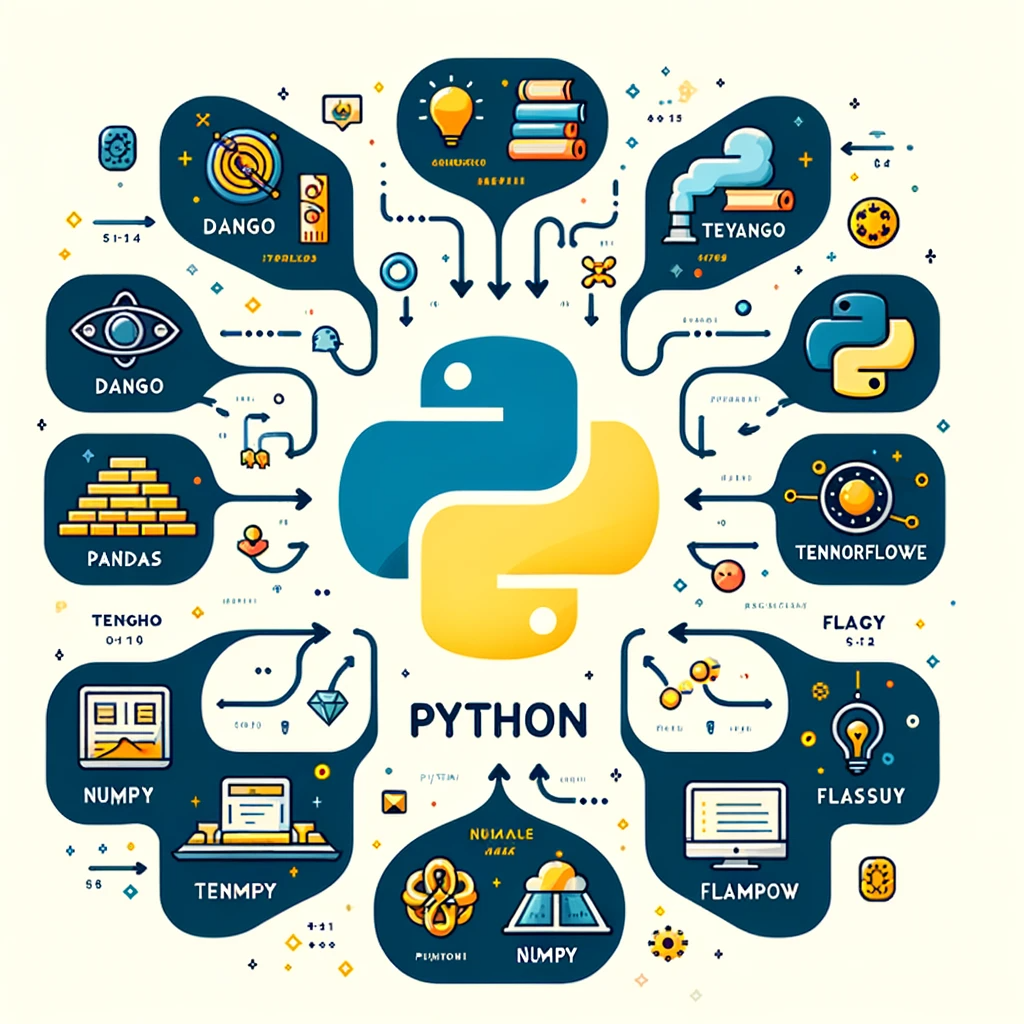Python is a high-level, interpreted programming language known for its simplicity and readability, making it ideal for beginners and professionals alike. Created by Guido van Rossum and first released in 1991, Python emphasizes code readability with its notable use of significant whitespace. Its versatility allows developers to use it for web development, data analysis, artificial intelligence, and more. With Python, programmers can express concepts in fewer lines of code compared to other languages, making it a popular choice in the rapidly evolving tech landscape.
Table of Contents

History of Python
The journey of Python began in the late 1980s when Guido van Rossum started its development at the National Research Institute for Mathematics and Computer Science in the Netherlands. Officially released in 1991 as Python 0.9.0, it introduced many features familiar today, including exceptions, functions, and modules. Python 2.0, released in 2000, brought in garbage collection and Unicode support, while Python 3.0, released in 2008, was a significant redesign to address flaws and improve code readability. The evolution of Python reflects a commitment to making programming more accessible and efficient.
Core Features of Python
Python’s design philosophy revolves around code readability and simplicity, making it an excellent choice for beginners and seasoned developers. Key features include:
- Easy to Learn and Use: Python’s syntax is clear and intuitive, which makes learning programming concepts straightforward.
- High-Level Language: It abstracts many complex details of computer operation, allowing developers to focus on programming logic rather than managing system memory.
- Extensive Standard Library: Python comes with a vast standard library that includes modules for various tasks, from file I/O to web services.
- Multiple Programming Paradigms: It supports object-oriented, imperative, and functional programming, providing flexibility in solving problems.
- Dynamic Typing and Memory Management: Python manages object allocation and garbage collection automatically, reducing the risk of memory leaks and other errors
Benefits of Using Python
Python’s benefits extend across various aspects of programming:
- Versatility: Whether it’s web development with Django, data analysis with Pandas, or machine learning with TensorFlow, Python has libraries and frameworks to support diverse projects.
- Community Support: A vast and active community contributes to a wealth of tutorials, forums, and documentation, making problem-solving easier.
- Efficiency: Python enables developers to write less code for complex tasks, improving development speed and productivity.
Python stands out as a versatile, easy-to-learn programming language that caters to a wide range of applications. Its rich history, comprehensive features, and numerous benefits make it a top choice for developers around the world. Whether for web development, data science, or any other field, Python offers the tools and community support to bring ideas to life efficiently.